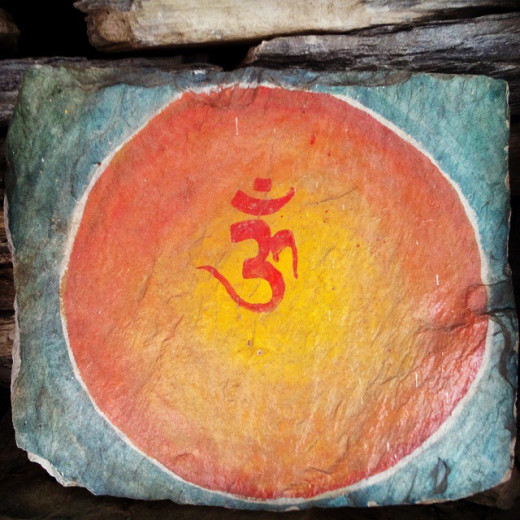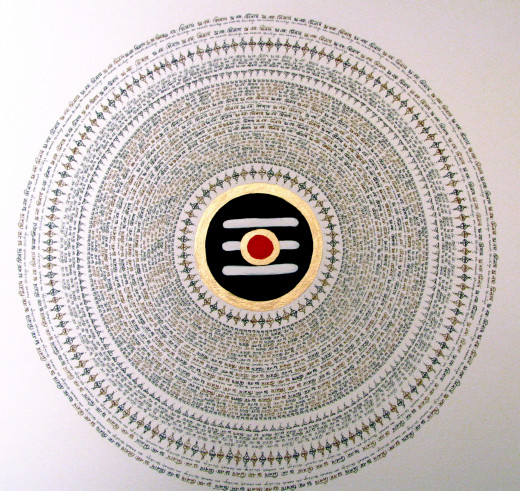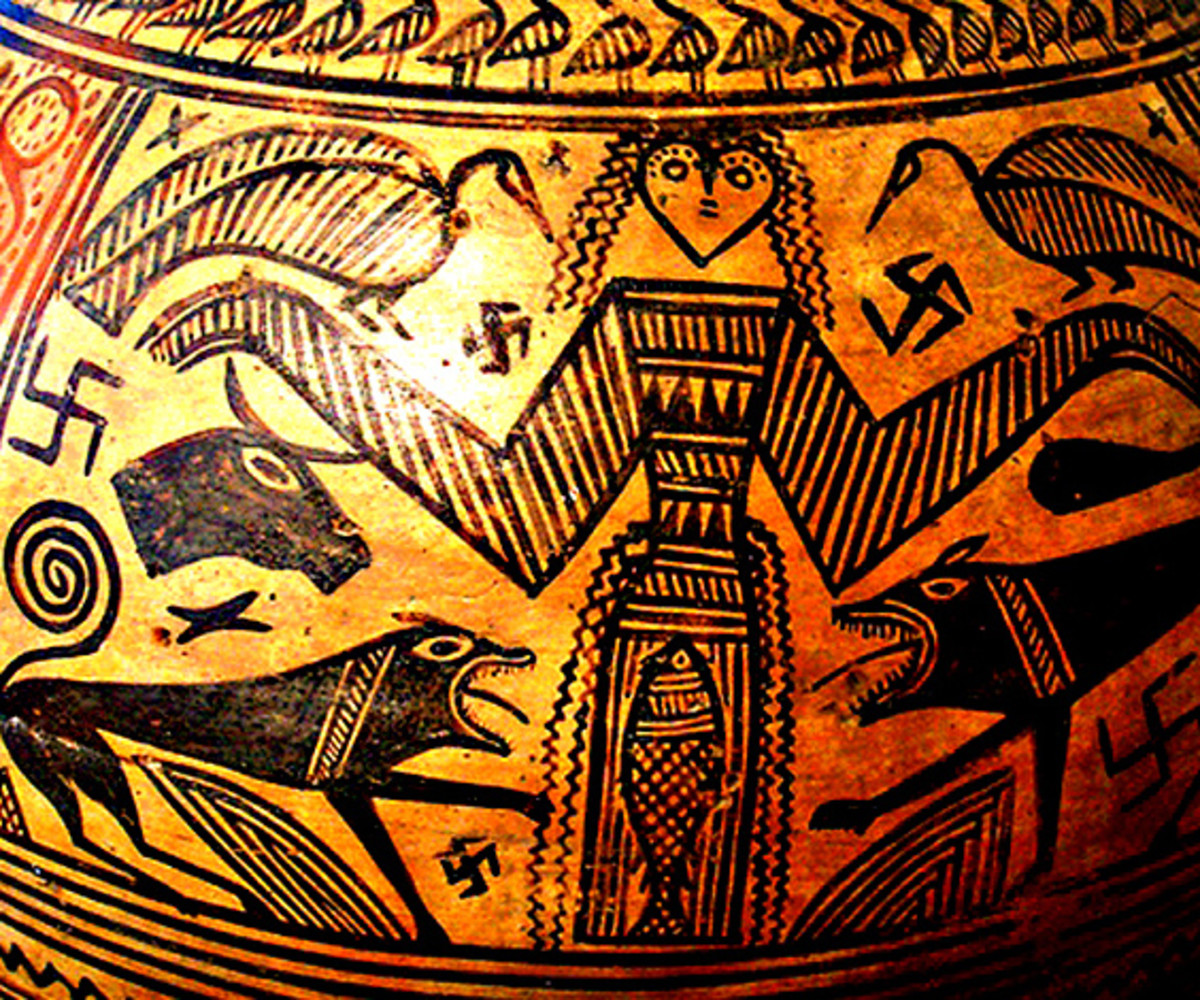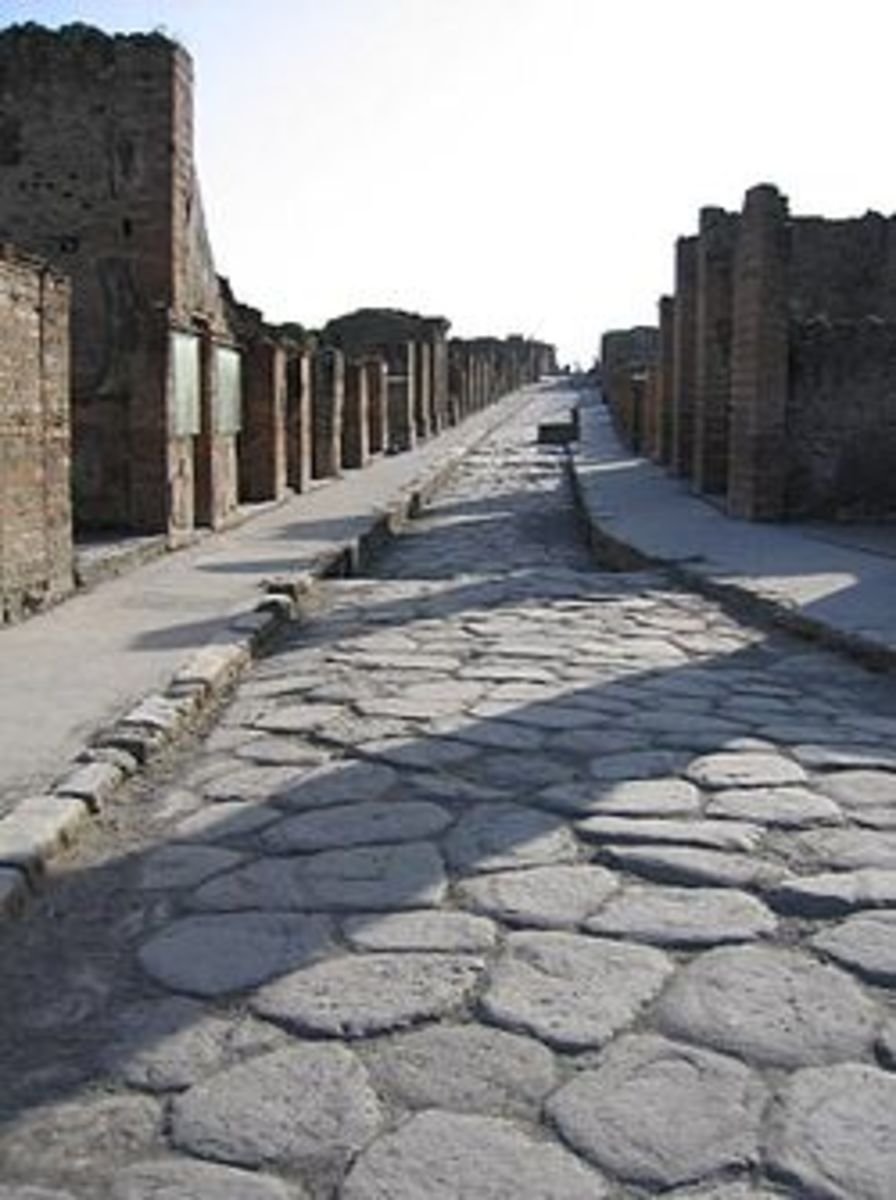INDIA - A Country with many cultures but one common belief
What is actually INDIA ?
According to wikipedia : " The name India is derived from Indus, which originates from the Old Persian word Hindus. The latter term stems from the Sanskrit word Sindhu, which is the oriiginal sanskrit depiction for Indus River. The ancient Greeks referred to the Indians as Indoi(Ινδοί), which translates as "the people of the Indus".
India is a very very ancient country which has one of the oldest civilizations of earth like Egypt but still has not lost its earliest touch of cultural beliefs. India is a country with many diverse people with various cultures and languages and religions bounded together by a single thread of " Indian-ness ". The people of North India are very different from South India in terms of looks- skin colour, but share same religion i.e. Hinduism. They can connect through this thread of religion and customs which shape their societies. Same is the distinction with West and East. India is one from North to South, and East to West. They all carry same traits of beliefs.
The civilization in India was started along side the river " Sindhu " ( in sanskrit ) and Indus ( in Greek ). Some really advanced civilzations flourished in cities like Mohenjodaro, Harrappa ( that lies in Modern Pakistan). FYI Pakistan, Bangladesh were carved out of this rich ancient nation due to Muslims' demand for a separate country. Many many years ago around 2000 B.C. , Vedas ( series of books written by Enlightened Men ) came into " existence " ( Vedas are said to have neither beginning nor end ). According to myths, Vedas are realizations of the Supreme Being to the Highly intelligent " Rishis " who were the curious people who had started discovering The Unknown.
Vedas are said to be the base of Indian culture.
Clearly Hinduism has no single prophet or teacher or one single holy book like other popular religions. Still Vedas are said to be the earliest texts of Hinduism.
There's an excerpt of Vedas :
" Ekam sat vipra bahudha vadanti "
Truth is one, but sages call it by different names.
God is one but people reach Him by different paths.
It means that the single destination is sought by different people following different religions.
The teachings of Veda can be found in many flourished religions of the Indian subcontinent for eg. Buddhism, Sikhism, Jainism were found in India only by Gautam Buddha, Guru Nanak Dev, Mahavira Jain respectively. These holy men taught same things in different ways. Gautam Buddha was a Hindu kingdom prince who left his royal life to search for cause of sufferings in the world. Mahavira Jain defined God as something Undefined and who can not be seen with naked eyes and neglected the idol worship of mainstream Hinduism. Guru nanak dev abandoned the superstitions growing around him and walked an opposite path from those who were walking in narrow lanes to experience the almighty.
These three great people concentrated on One single God. These all founded different religions which are still floushing upto date.
Great Texts Of India
There are multiple books that will bring you closer to Indian mysticism and beliefs.
The older they are, the richer they are. As mentioned earlier, Vedas are the soul of Indian beliefs and religions.
Vedas are constituted into four parts :
- Rig-Veda
- Sam-Veda
- Yajur-Veda
- Atharva-Veda
The books mostly read by common man in Hinduism nowadays are Ramayana and Mahabharata.
The Ramayana was written by Rishi Valmiki ji and is a story about a legend Rama who was abandoned by his father to live in his forest for 14 years. While living in the forest His wife Sita got kidnapped by Ravana, a King of Sri Lanka which resulted in a war between Rama and Ravana. Ram lead " Vanar Sena " an army of monkeys and Ravana was helped by his brothers. But at last Rama defeated Ravana and took Sita back and they went happily to their palace in their ' Pushpak Vimana ' which flew from Sri Lanka back to the Ayodhya.
Mahabharata is the longest poetry ever written in History. It was written by Ved Vyas Ji. It is a story about a Family clan where sons of two brothers fought among each other in order to regain the territory. One brother had 5 sons which were known as Pandava, and other brother had a 100 sons called Kauravas. Pandava also had to go in forest due to losing in a gambling with kauravas. While the condition was that kauravas will hand over their empire back to pandavas when they complete there stay at forest or ' Vanvaas ' . When they came back the kauravas refused to give back them their empire which lead to A Mahabharata, a great war among Pandavas and Kauravas with Lord Krishna taking side of Pandavas.
Om

Effect Of India on Asia
India experienced many great rulers like Chandragupta Maurya who stopped Alexander the Great from entering India by showing the fire powered canons and Ashoka the Great ( Grandson of Chandragupta maurya ) who conquered most of the Indian subcontinent only to give up his tiltle of The King after meeting Gautam Buddha. The Mauryan Empire extended from the current Afghanistan to the Bengal ( Currently Bangladesh and West Bengal combined ). Hinduism was propelling under the Mauryan empire by its own spirit of knowledge and no forceful conversions. Nobody can convert into Hindu as the Hindu is not an organized religion but a philosophy of life. You can become Hindu by practicing our ways of living. Those Includes Non violence, being vegetarian, respecting cows as your mothers and following rituals and prayers and celebrating the festivals like Diwali and Holi that fill our lives with lights and colours respectively. Even after the mauryan empire, the Hinduism flourished particularly in the south east asia in countries like Thailand, Cambodia, Vietnam, Indonesia etc. Much of the south east asia have same traditions as Indians. Even the names of some places like Java, sumatra match the Indian Sanskrit Names. There is a temple in Cambodia known as Angkor Vat which was almost undiscovered till 20th century as it had gotten lost in a forest. It is a very old temple and probably one of the biggest and most dedicated temples. It was dedicated to Bhagwan Vishnu. It is like a puzzle where you can get lost easily and is built on a very intelligent architecture. Indonesia is one of the biggest examples of Hindu's influence on their culture. They have names based on Hindu Gods. There are many temples in Indonesia certainly of Shiva and they all know the Ramayana which is considered as one of the biggest part of Hindu tradition. It is about a king Ram whose wife Sita was captured by the demonic King of Sri lanka, known as Ravan and Ram waged a war in order to bring Sita back and hence they formed a bridge between the India and Sri Lanka known as Ram Setu Bridge which is still present between India and Sri Lanka. And they brought back Maa Sita to the capital Ayodhya. Indonesians also celbrate Raamlila which is seen as the festival to commemorate the killing of Demon Ravan which symbolises the elimination of Evil from this world through the power of goodness. Also there is an island known as Bali, which constitutes majority Hindu population. It is a beautiful Island which is comparable to Miami. When you see China you see a beautiful similarity between the ideas of Indian and the Chinese traditions. They both are inclined towards the nature. The Great Shaolin Monastery in China gives its credits to the Indian monk Bodhidharma who travelled to China and meditated in a cave for nine years. He was the son of a Tamil Brahman king in south India who followed the path of Mahayana and left his previous life. So India has a great past and on many accounts it had been connected with its south east east Asia counterpart imparting cultural traditions along with religious traditions also like praying with both hands in Namaste and offering food to deities like the ones Buddhist offers to the Buddha idols in their monasteries. Thus India had a great influence on the East Asia in Ancient times.
They can connect with each other through same beliefs such as cycle of life and death, afterlife, ancestral worship. No matter what religion they belong to, they all believe in these beliefs.
Om Nama: Shivaya:

The Shiva meditating

A Close Look At Hinduism
© 2015 Swapnil Kashyap








